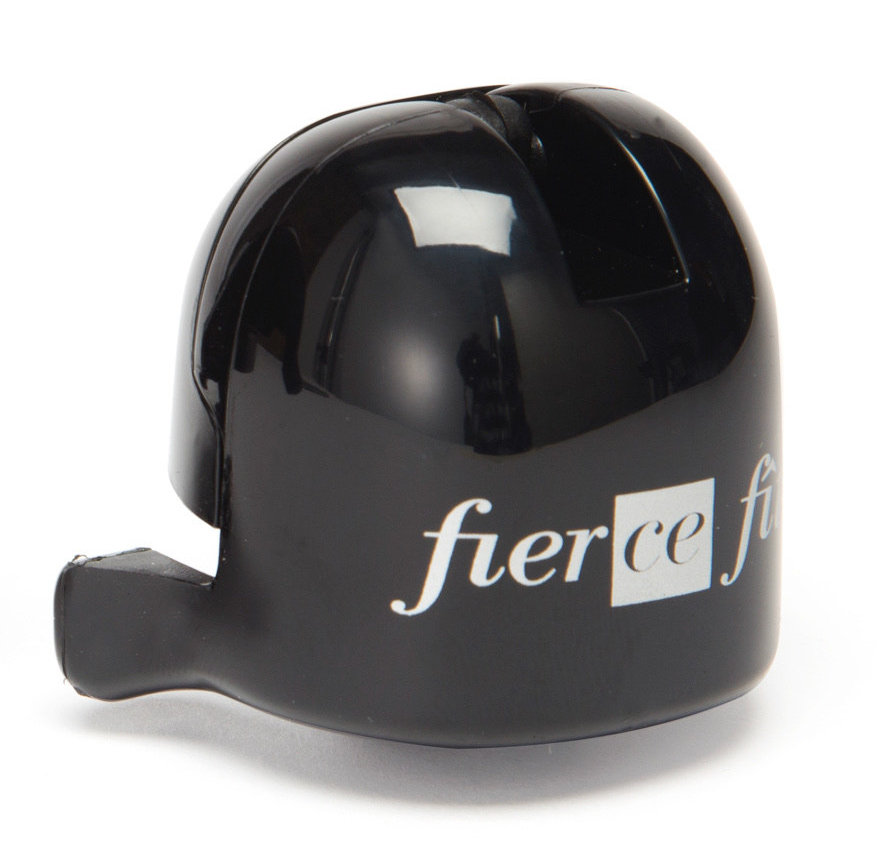The elaboration of Champagne
What are the stages of making a Cuvée?
What happens after the harvests?
In this blog we reveal all the secrets of making Champagne!
From the fermentation in fût or in stainless steel vats to dthe dégorgement à la volée, Fier Ce Fît explains it all!
The first step in the elaboration of a Cuvée is that of the harvests. Towards the end of August, or during the month of September, depending on the year, the grapes are harvested manually and selectively, choosing only the bunches that have reached the right ripeness.
They are transported very quickly to the presssoir to maintain the integrity of the grains and to prevent the black grapes, Pinot Noir and Meunier, from coloring the juice (which is clear).
The bunches are gently pressed and the skins are separated from the must.
At the exit from the wine press, the must contains the lees made up of debris of skins and seeds, earthy particles, undesirable microorganisms. Although they are in small quantities, it is advisable to dispose them, which takes place by decanting with the sedimentation operation, the débourbage. This simply consists in leaving the must in the decanting "bellons" for about 12 hours, a variable time depending on the conditions of the harvest.
After 12-24 hours the clear juice is extracted. The lees (between 1 and 4% by volume) are subject to declaration and sent to the distillery.
After clarification, the must is transported to the cellar (cuverie), and introduced into stainless steel silos or wooden barrels for the first stages of vinification.
We then move on to the second phase, the first fermentation, also called alcoholic fermentation.
What is the fermentation? The indigenous yeasts, naturally present on the grape skin, and now transmitted to the juice and added yeasts, transform the grape sugar into alcohol.
Fermentation stops when all the sugars have been transformed into alcohol, and the wine reaches an alcohol content of about 11 °. It should be noted that this operation takes place in vats at about 16-18 ° C. as, below these temperatures, the yeasts fall asleep, while at higher temperatures, they die.
In this phase the Vignerons carefully follow the evolution of the wine. As previously mentioned, this fermentation can take place both in stainless steel silos at low temperature and in wooden barrels to allow the development of aromas.
A few days after the alcoholic fermentation, but more generally during the following two months, some Vignerons, not all of them, proceed to the malolactic fermentation, developed in the 1960s. Thanks to some bacteria, malic acid - apple - is transformed into lactic acid - milk - releasing carbon dioxide and helping to significantly decrease the acidity of the wine. This gives softer wines with more delicate aromas. The wine, which to the taste was unripe and difficult to taste, becomes softer and more stable. In Champagne, "MALO" is generally sought after to avoid it taking place during the "prise de mousse" or during aging in the cellar, which could cause difficulties during remuage.
But beware, not all Vignerons follow this step. Some, in fact, voluntarily prevent it because they are looking for fresher and more lively wines.
The Spring following the harvest, from February to June, after the tasting of the vins clairs, we proceed with the assemblage. This operation, which gives Champagne its personality and style, consists in blending still wines with the Champagne appellation.
Assembling means mastering several elements and being able to harmonize them by creating a Cuvée. Whatever its specificity, an assemblage always refers to three parameters: terroir, grape varieties, millésimes.
The Vigneron has multiple choices: blending wines from different regions or from a single region or from a single Cru (village). It will be able to reflect a vintage by elaborating a Millésime, if it judges it sufficiently exceptional not to require reserve wines, it will be able to express a single grape variety by creating a Champagne Blanc de Blancs or Blanc de Noirs, or develop exceptional and rare Cuvées starting from a single cépages, from a single parcel, called place (Clos), and therefore from a single Cru and a single millésime.
In this stage, the Vignerons can follow their artistic sense and passion!
See you next week for the final stages of the elaboration!
While you wait, pamper yourself and discover the different facets of our Cuvées with our Coffret, perfect to pair with your Easter lunch !!!
Appointment on our online Boutique
Cin cin et à votre santé!

 My bag
My bag
 The Boutique
The Boutique
 Login
Login


